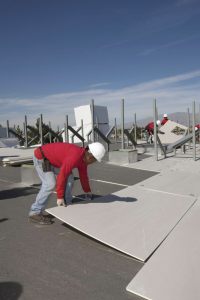
High-density polyiso cover boards are designed to provide a combination of impact resistance, energy savings, and ease of installation to enhance the long-term performance of a commercial roof system. Photo: Firestone Building Products
Roofing projects, whether new construction or renovation, require careful product selection to balance cost with performance. Many contractors choose to include cover boards in their roof designs to enhance overall system durability and lower long-term maintenance costs, particularly for low-slope commercial roof applications. There are many cover board products currently available — ranging from traditional gypsum board to highly engineered polyisocyanurate (or “polyiso”) technologies. Across product types, cover boards are an important component in roof systems that provide a rigid substrate and protection for other components of the roof system.
Selecting the right cover board for your project means verifying that the product will work with the chosen membrane type to provide a stable foundation for the roof and suitable protection for the underlying insulation. Understanding the unique benefits of a high-density polyiso cover board product can help roofing contractors reduce labor costs and save money during the construction process, while also contributing to lower building energy usage over the long-term life of the roof system.
Benefits of High-Density Polyiso Cover Boards
High-density polyiso cover boards provide a combination of impact resistance, energy savings, and ease of installation that make them a compelling option. They are manufactured with coated glass facers that provide well-recognized versatility during installation and service-life durability. By adding a high-density polyiso cover board, roofing contractors can enhance the long-term performance of a commercial roof system in addition to providing the following advantages:
- Lightweight: High-density polyiso cover boards, on average, weigh 66 to 80 percent less, when compared to other products of the same thickness. Individual boards are light enough to be carried by a single worker, reducing manpower requirements.
-
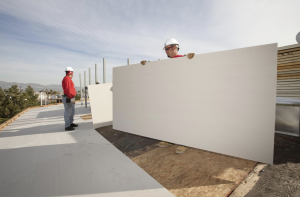
High-density polyiso cover boards are light enough to be carried by a single worker, reducing manpower requirements. Photo: Firestone Building Products
Water resistance: The water absorption by volume of high-density polyiso cover boards is about four percent—much lower than traditional boards. High-density polyiso cover boards will not rot or dissolve and can maintain their integrity under adverse weather conditions.
- Fewer truckloads: High-density polyiso cover boards can be shipped with about three times more square feet per truckload, requiring fewer trucks, which leads to fuel and transportation savings, as well as reduced traffic congestion on job sites.
- Reduced product staging time: High-density polyiso cover boards require less crane time with lower hoisting, loading, and staging costs. The cover boards are easier to carry and maneuver around the roof. Pallets need not be broken or redistributed as they might need to be with other products.
- Ease of cutting: Unlike traditional gypsum boards which require heavy-duty saws or cutters to resize, high-density polyiso cover boards can be easily scored and cut using a utility knife. A single worker can measure and cut boards to size, increasing the productivity of the roofing team.
- Weight: When considering a building’s structural design, high-density polyiso cover boards will contribute less dead load to a roof than other alternatives. Lighter dead loads can add up to savings in structural costs for new construction and fewer headaches when reroofing an existing building.
- Greater R-value: In addition to providing suitable protection to a roof system, high-density polyiso cover boards can increase the thermal resistance of the roof and provide two to five times more R-value than other cover board options.
- Virtually dust-free: High-density polyiso cover boards are made with polyisocyanurate foam found in insulation products, which contribute less dust during cutting. This can decrease potential seam contamination of the roof cover prior to waterproofing the laps. Reduced dust and the absence of silica particles also enhances worker safety. And, less mess also means improved productivity for installers.
- Mold: High-density polyiso cover boards resist mold growth when tested under ASTM D3273. This makes the products highly suitable for applications prone to elevated moisture conditions.
- Resiliency: Higher compressive strength and flexibility in cover boards improves a roof’s resistance to damage from foot traffic, heavily loaded carts, dropped hammers and other tools.
- Versatility: High-density polyiso cover boards can be used in new construction, reroofing, and recover applications. They are suitable in mechanically attached, adhered and ballasted roof assemblies.
High-Density Cover Boards Help Ohio High School Achieve LEED Gold Certification
When the Green Local School District in Ohio began making plans for a new high school to be built in Smithville, they wanted to build for the long-term. Recognizing that operating costs should be factored into building budgets, they set a goal to seek LEED Gold certification for the new building.
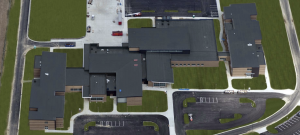
The new high school in Smithville, Ohio, was designed to achieve LEED Gold certification. It features a PVC roof system including high-density polyiso cover boards.
The school district was eager to design for lowered heating costs in the brutal Ohio winters through smaller, more efficient mechanical systems. Achieving that energy efficiency required designers to look at the whole building envelope with an eye toward maximizing insulation and minimizing the thermal and vapor conductivity of the building components.
Their roofing solution? Charcoal-colored PVC membrane to capture winter sunlight over polyiso roof insulation and 1/4-inch high-density polyiso cover board from Johns Manville.
Advanced Industrial Roofing Inc., based in nearby Massillon, installed the components over the school’s structures — 12 distinct roofing areas of varying size and slope. With such a complex job, they were grateful for the ease of handling and cutting the high-density polyiso cover board and for the sturdy protective surface it provided during the installation.

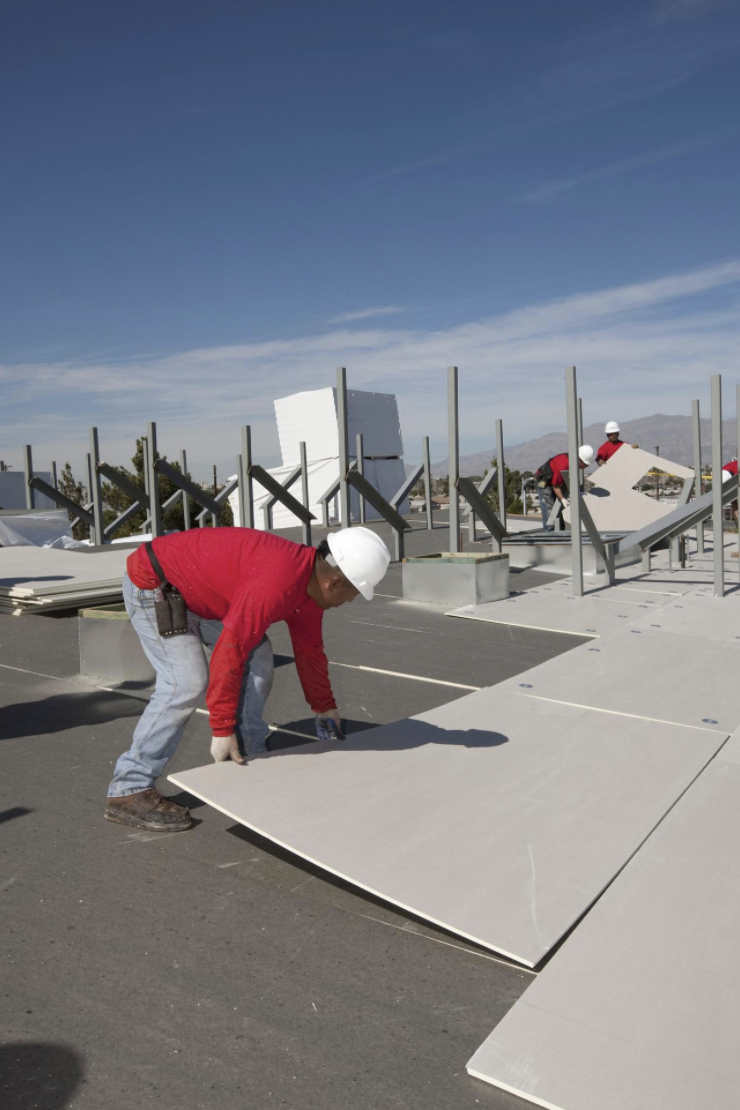
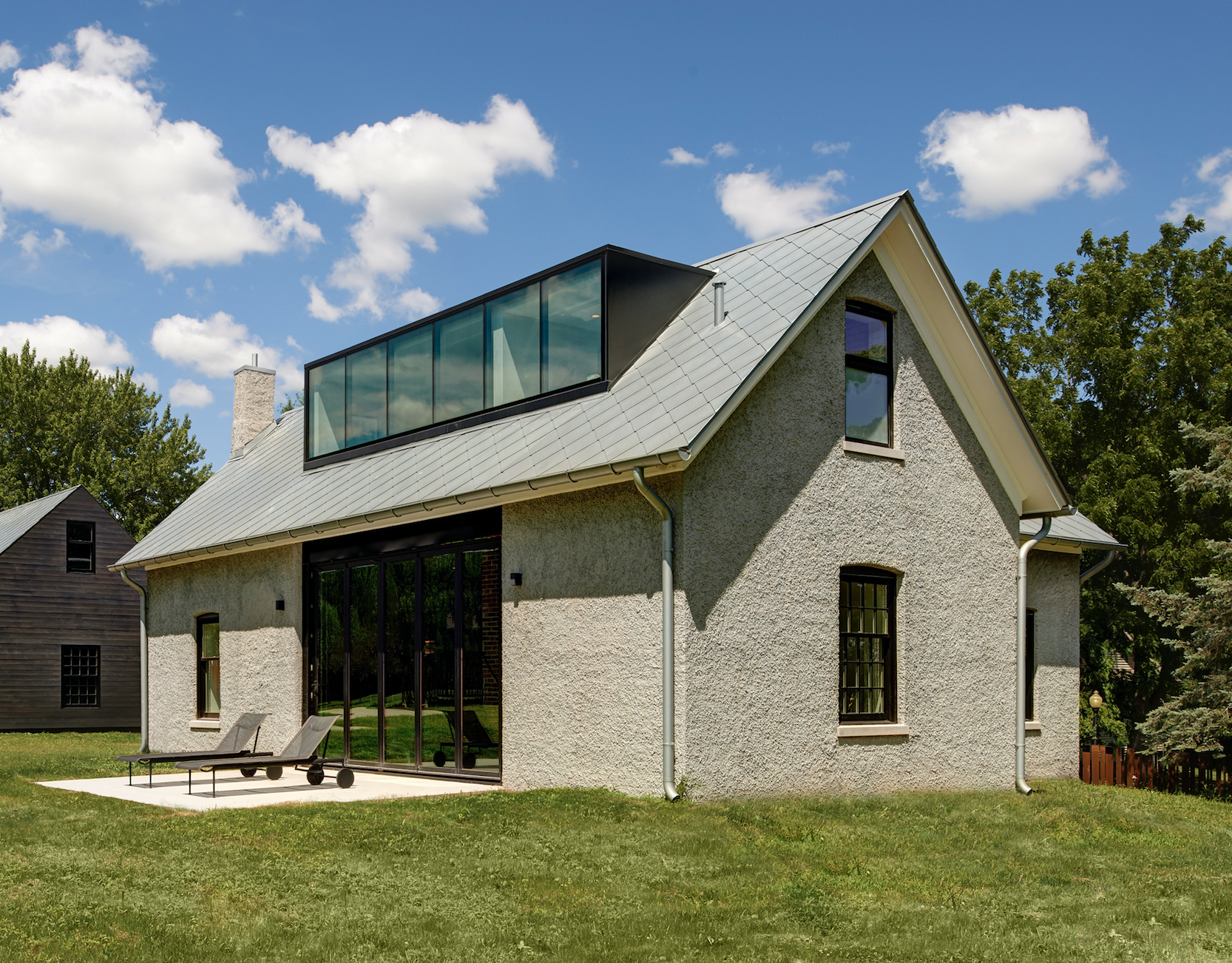


Be the first to comment on "Benefits of High-Density Polyisocyanurate Cover Boards for Roofing Systems"